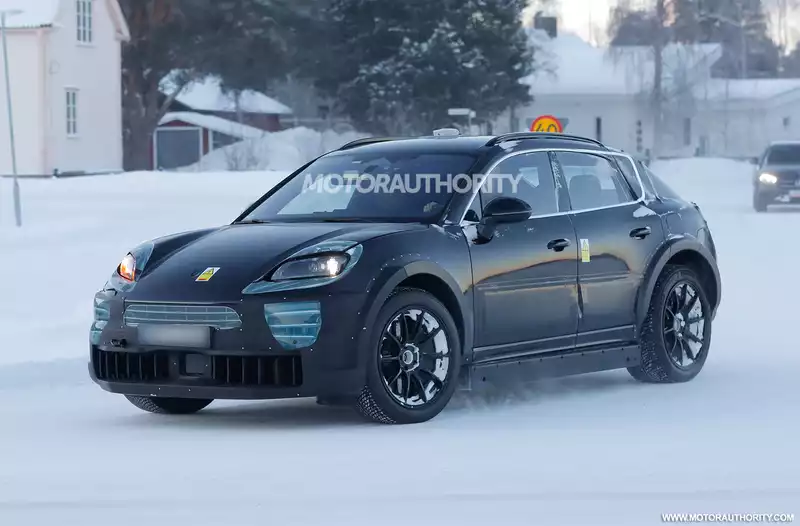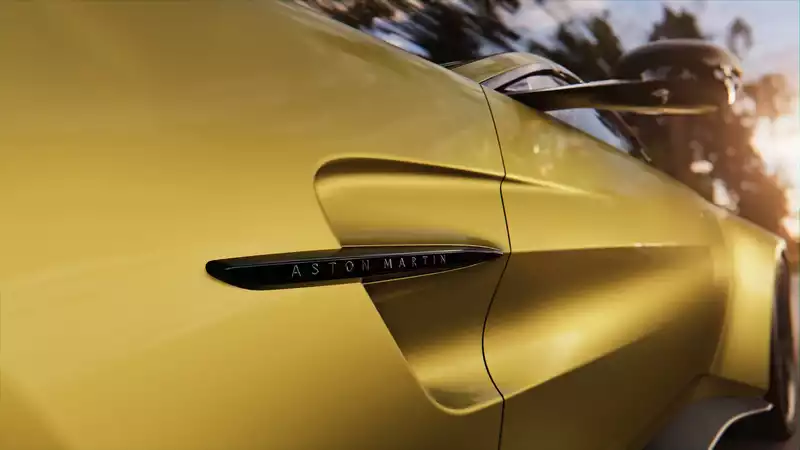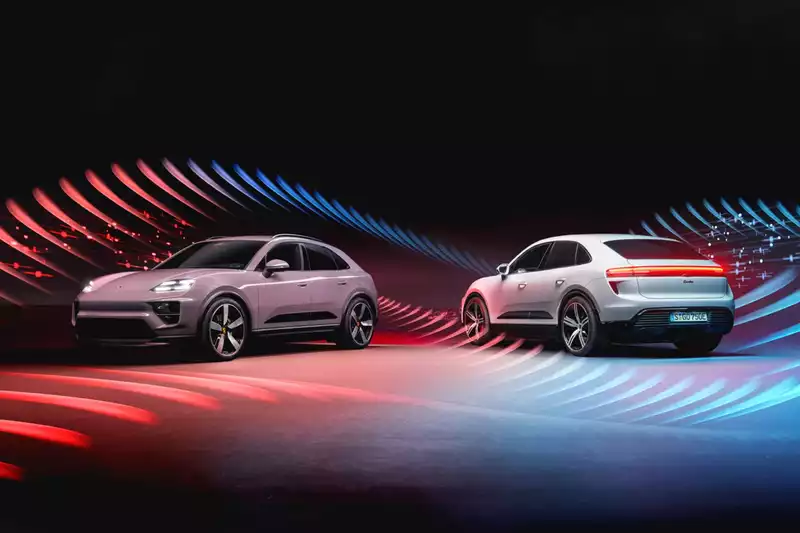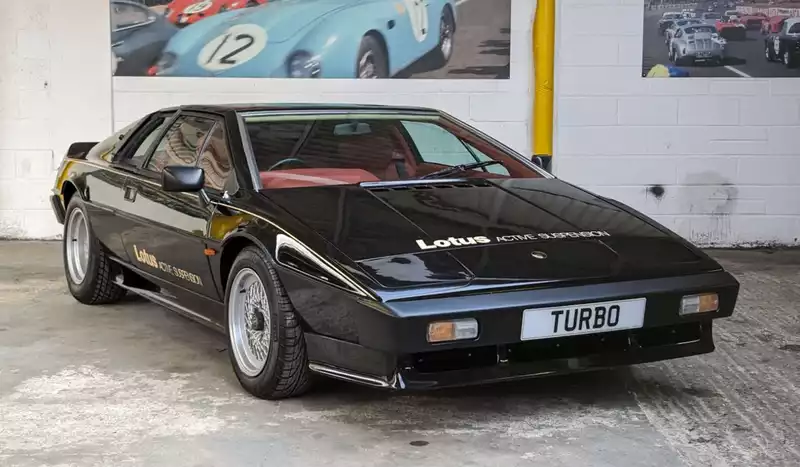McLaren is hoping for synthetic fuel as the savior of internal combustion engines.
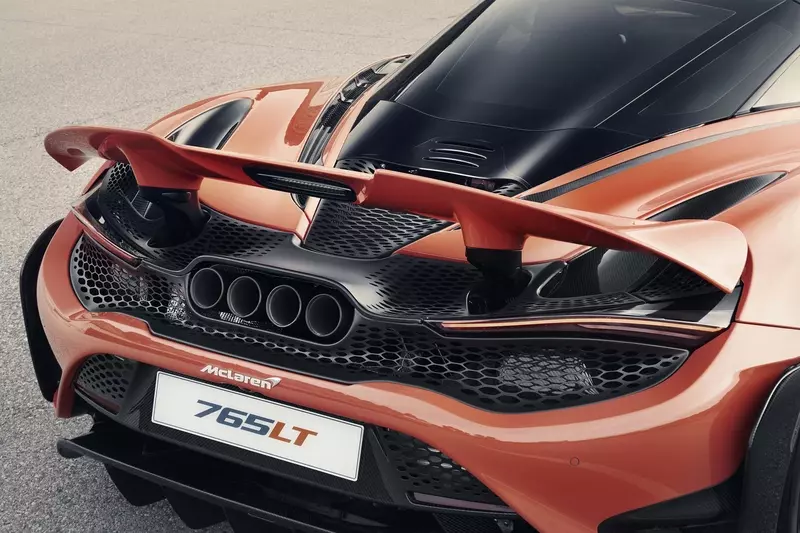
The need to reduce carbon dioxide emissions has led to a growing interest in battery technology, but this is only one solution, which also has its drawbacks when considering the CO2 generated during battery production. In addition, there is the question of what happens to the batteries after their end of life.
As another solution, a growing number of automakers are considering using carbon-free synthetic fuels. One of them is McLaren, whose chief executive Jens Rudman said in an interview with Autocar published Thursday that the company is considering developing a prototype that runs on synthetic fuel.
"Synthetic fuel technology is still under development, but if you consider that it can be produced with solar energy, easily transported and fed [into cars] as is done today, there are potential benefits in terms of emissions and practicality that I would like to explore," he said.
Rudman said it is too early to say when synthetic fuels will be ready to be used first, but Porsche CEO Oliver Blum said in an interview last September that it will be possible in about 10 years.
In the future, synthetic fuel could be used in applications where battery power is not suitable, such as in high-performance cars and long-range trucks like those offered by McLaren. In addition, existing internal combustion engines can be easily converted to run on synthetic fuels, so there is no need to scrap old vehicles.
The most common type of synthetic fuel is oxymethylene ether (OME), which can be obtained for gasoline and diesel vehicles. OME can be obtained by the process of combining CO2 from the air with hydrogen from renewable energy sources such as wind and solar energy. The resulting fuel can be used to power existing infrastructure. The fuel thus obtained can be distributed over existing infrastructure and, once used in engines, contains much less particulate matter than conventional fuels. The challenge of OME is to produce hydrogen in a commercially viable manner.
